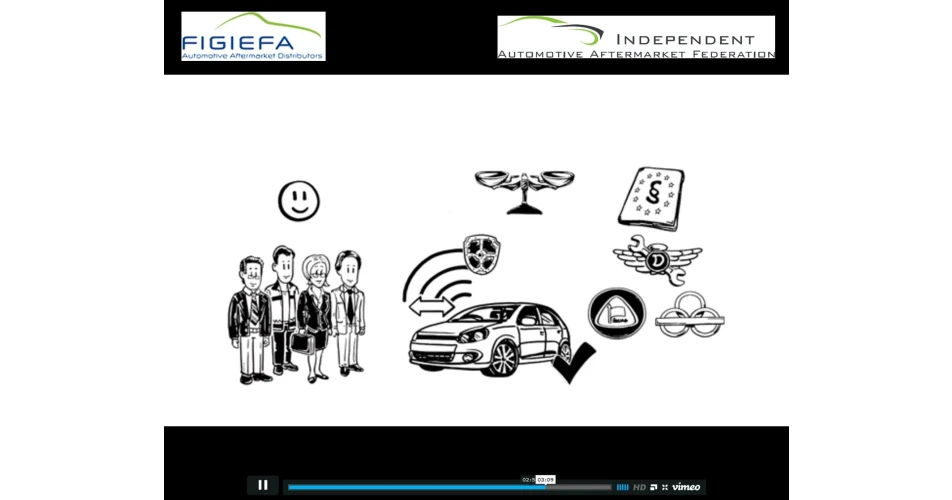The threat to the independent aftermarket posed by new rules regarding vehicle telematics has been highlighted in a new video produced by FIGIEFA. Called "The Connected Car - How to ensure fair and competitive mobility throughout Europe”, the video presents in clear terms how, driven by the European eCall project, franchised dealers may be able to gain an unfair advantage over the independent sector if the system is not fairly regulated.
The video can be viewed at http://www.iaaf.co.uk, the Independent Automotive Aftermarket Federation website. The IAAF says eCall will revolutionise the way vehicles are serviced and repaired, enabling vehicle manufacturers to get real-time information about vehicles’ health status. As of 2015, the European Commission and the European Parliament plan the mandatory introduction of eCall, the European 112-based emergency call system, in all new models of cars and light vehicles, in order to save lives and reduce the severity of injuries on the road.
The primary objective of eCall is to alert emergency services automatically if a car is in an accident. However, a spin-off of the technology is that it could give vehicle manufacturers a game changing advantage since they could access vehicle systems remotely. The independent sector would not have the same access and would face unfair disadvantages in customer communication and time frames. The IAAF says currently as the regulations stand, only vehicle manufacturers decide who has remote access to the vehicle and its data, which services will be allowed, under what conditions and for what price.
The IAAF and FIGIEFA, as well consumer organisations, leasing companies and the European insurance industry, are calling for the implementation of an open, interoperable, standardised and secure in-vehicle platform. Wendy Williamson, IAAF chief executive, said: "This is another "must win” battle for the independent aftermarket. We are seeking a level playing field allowing the independent aftermarket to compete with the vehicle manufacturers to the benefit of the consumer.”
You can view the video below:
